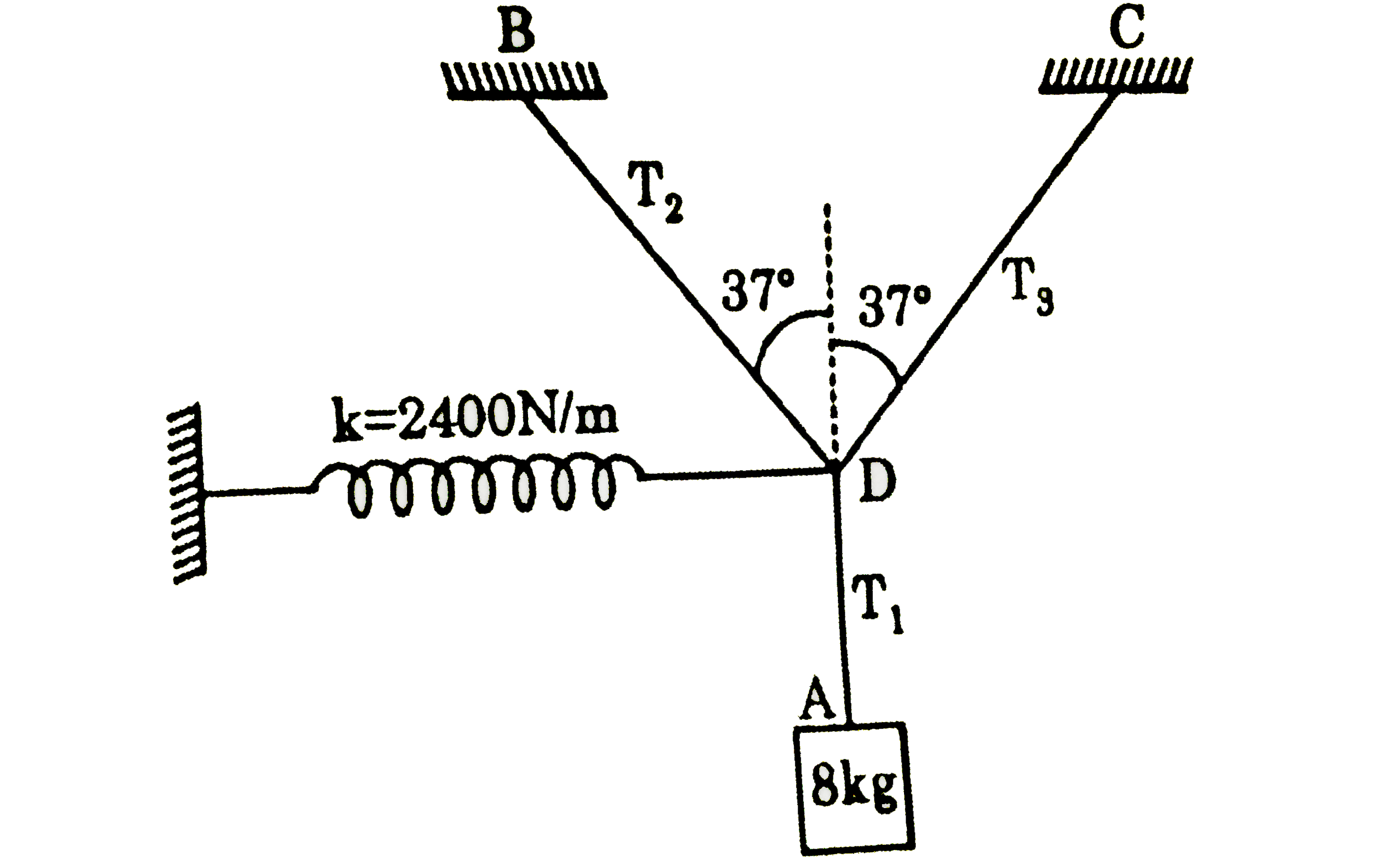If p, q, r are prime numbers such that p2−q2=r then which of the following options are correct ? Solution in Gujrati
cot2θ−cot7θsinθ
tan2θ−tan7θsin2θ
a positive number
a negative number
The correct Answer is:A, C, D
Step by step video & image solution for If p, q, r are prime numbers such that p^(2)-q^(2)=r then which of the following options are correct ? by Maths experts to help you in doubts & scoring excellent marks in Class 12 exams.
Updated on:21/07/2023Topper's Solved these Questions
- TEST PAPERBOOK - ALLEN CHAPTER - TEST PAPEREXERCISE - MATHEMATICS
34 Videos
- TEST PAPERBOOK - ALLEN CHAPTER - TEST PAPEREXERCISE - PHYSICS SECTION-I
20 Videos
- TEST PAPERBOOK - ALLEN CHAPTER - TEST PAPEREXERCISE - Chemistry
95 Videos
- SEQUENCE AND PROGRESSIONBOOK - ALLEN CHAPTER - SEQUENCE AND PROGRESSIONEXERCISE - Exercise (JA)
10 Videos
- TEST PAPERSBOOK - ALLEN CHAPTER - TEST PAPERSEXERCISE - MATHEMATICS
136 Videos
Similar Questions
5∑k=01sin[(K+1)θ]sin[(K+2)θ] can be equal to
View SolutionGiven arrangement is in equilibrium and elongation in spring is 1cm. Tension in string AD is T1, in string BD is T2 and is string CD is T3.Choose correct values of T1,T2andT3:

View SolutionWhich of the following statement(s) is/are correct
View SolutionThe minimum value of the sum of real numbers a−5,a−4,3a−3,1,a8 and a10 with a>0 is
View SolutionIf a be sum of the odd numbered terms and b the sum of even numbered terms of the expansion (1+x)n,n ε N then (1−x2)n is equal to
View SolutionIf p,q,r,s are natural numbers such that p>=q>=r If 2^(p)+2^(q)+2^(r)=2^(s) then
View SolutionIf p, q, r are prime numbers such that p2−q2=r then which of the following options are correct ?
View SolutionLet A=[pqqp] such that det(A)=r where p,q,r all prime number, then trace of A is equal to
View SolutionIf p,q and r are prime numbers such that r=q+2 and q=p+2, then the number of triples of the form (p,q,r) is
View SolutionFor the following three statements
p : 2 is an even number
q : 2 is a prime number
r : Sum of two prime numbers is always even.
Then, the symbolic statement (p∧q)⇒~r means
View SolutionIf p,q,r are in A.P the p2(q+r),q2(r+p),r2(p+q) are in
View Solutionr, s, t are prime numbers and p, q are natural numbers such that LCM of p, q is r2 s4 t2, then the number of ordered pairs (p,q) is
View SolutionProve that apb&q>(ap+bpp+q)p+q.
View SolutionThree numbers p, q, r are such that pq=qr, where p,q,r>1 then the correct relation between q and r is :
View SolutionIf pq−qr=(p+q)r−q, p>r>q∈ Prime numbers less than 11 then p+q is equal to:
View SolutionThree numbers p, q, r are such that pq=qr, where p,q,r>1 then the correct relation between q and r is :
View Solution
